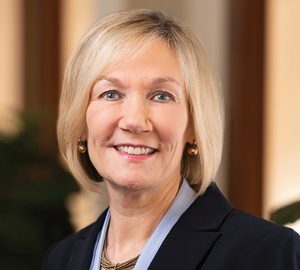What’s the best strategy for financing a private school education for my child?
[randy ehret, raymond james & associates senior vp of investments]: If you’re trying to fund a private elementary education, I recommend establishing an annual funding goal to meet expected tuition costs, and then finding a high-quality, well-managed mutual fund or a privately managed account. Making a substantial, lump-sum investment on an annual basis—say, $10,000 or even $25,000 a year for four or five years—is a reasonable way to go. Make sure to review expected tuition costs and investment strategies annually with your adviser. If we’re talking about high school, I would again establish an annual funding goal. But I’d systematically invest, monthly or quarterly, into a more aggressive mutual fund or privately managed account for two reasons. First, we have 14 to 15 years to invest the funds and during that time, we’ll probably go through two or three market cycles. So we’ll have time to recover from possible dips in the market. Second, a systematic investment plan maximizes dollar-cost averaging, which forces investors to buy fewer shares when the market is higher and more shares when the market is lower. Both the longer time frame and dollar-cost averaging increase the probability of successfully reaching your goal of building a nice pool of assets.
[linda o’connor, wells fargo advisors financial advisor]: With the way college tuition keeps increasing, parents need to prioritize when it comes to primary and secondary education for their kids. Even if you start saving from the minute your child is born, which you absolutely should do, it’s a challenge to accumulate the $150,000-plus you’ll need for college. So ask yourself if an exclusive elementary and high school is really something you can afford. If not, but you still want it for your child, see if a grandparent or other generous, financially secure relative can help cover the cost. The Coverdale Education Plan is a savings plan for high school and below, where your money grows tax-free. But you’re only allowed to contribute $2,000 a year—which doesn’t go far toward a private school education. Also, even the most exclusive schools offer financial aid—I’d estimate at least 20 percent of students are receiving some kind of aid. Don’t be embarrassed to ask. If you insist on using college savings to pay for elementary or secondary education, I’d advise your kids to take out loans in their own name for college. Then you can help them pay those back, if you want. But as an adviser, I really hate to see parents dip into their 401(k)s or other retirement funds to cover elementary or secondary tuition!
By Tony Di Martino








